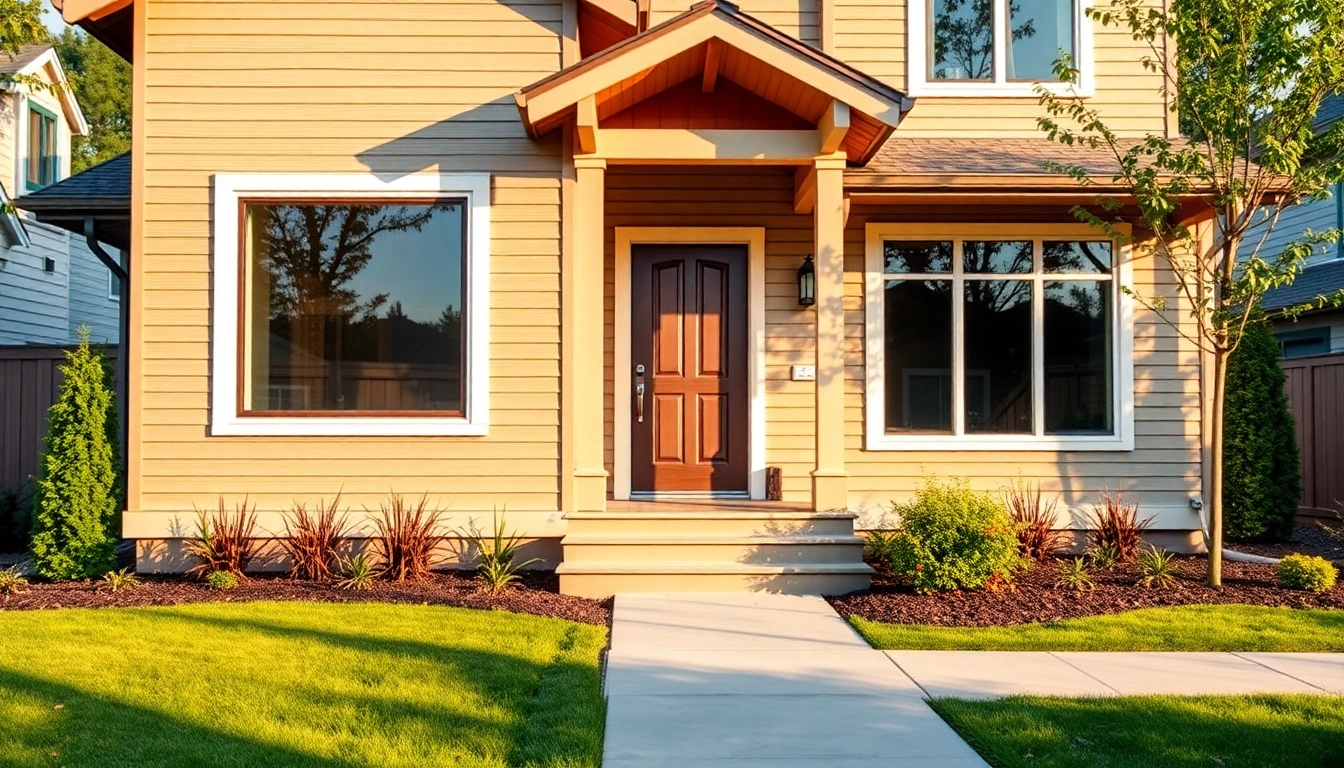Understanding Why Your Central Air Conditioner Might Not Be Blowing Cold Air
Is your central air conditioner not blowing cold air, leaving you and your family to suffer through sweltering temperatures? You’re not alone, and there are several reasons why this can happen. From minor issues that you can troubleshoot on your own to more complex malfunctions requiring professional intervention, understanding the underlying causes is the first step in finding a solution. Let’s delve into common causes and how you might resolve them.
Common Causes of Central Air Conditioner Not Blowing Cold
There are numerous factors that could be causing your central air conditioner to fail in its primary function: cooling. Here are some of the most frequent culprits:
- Low Refrigerant Levels: Refrigerant is the lifeblood of an air conditioning system, essential for cooling air. If your system is low on refrigerant due to a leak, it will struggle to effectively cool your home.
- Dirty or Clogged Filters: Air filters accumulate dust and debris over time, obstructing airflow. When airflow is compromised, so is the cooling efficiency of YOUR system.
- Thermostat Issues: Sometimes, thermostat settings can be inadvertently changed, or the device itself may be malfunctioning.
- Faulty Compressor: The compressor is responsible for circulating refrigerant through the system. If it fails, the air conditioning unit will not produce cold air.
- Blocked Vents or Ducts: Ensure that vents are open and unobstructed by furniture or other obstacles. Blocked ducts can drastically reduce air circulation.
The Role of Refrigerant in Air Conditioning Performance
Refrigerant is a chemical compound that absorbs and releases heat as it circulates through the system. A well-functioning air conditioner should maintain a balanced refrigerant level to efficiently regulate indoor temperatures. When refrigerant levels drop due to leaks or poor maintenance, the unit cannot cool effectively. Signs that a refrigerant issue may exist include:
- Increased humidity indoors
- Cooling cycles taking longer than usual
- Ice formation on refrigerant lines or the evaporator coil
Professional intervention is often necessary to identify and seal leaks and to replenish refrigerant to the correct level.
Thermostat Settings: Are They Correct?
Often overlooked, the thermostat is the control center of your air conditioning system. Before considering any repairs, ensure that the settings are correct. Make sure:
- The thermostat is set to ‘cool’ mode
- The desired temperature is set lower than the current room temperature
- The batteries, if applicable, are functioning
If your thermostat is digital, double-check for any error messages or indicators that might suggest a malfunction. A malfunctioning thermostat could fail to communicate properly with the air conditioning system.
Identifying Symptoms of a Failing Air Conditioning System
A central air conditioning unit will often display clear symptoms before a complete breakdown occurs. Recognizing these indicators can prompt quicker intervention, saving you from extensive repairs and discomfort.
Signs Your Central AC is Not Functioning Properly
Look for the following signs that indicate your system may need attention:
- Running but not cooling: If the unit is operational but the air feels warm, it could be a refrigerant leak or compressor issue.
- Inconsistent temperatures: Hot and cold spots in your home suggest airflow issues or duct obstructions.
- Unusual sounds: Grinding, rattling, or hissing noises may indicate internal mechanical failures.
- Frequent cycling: If your air conditioning system turns on and off frequently, it may indicate an issue with the thermostat or compressor.
How to Monitor Airflow and Temperature
Effective monitoring of both airflow and temperature can help maintain your air conditioning unit’s performance. Here are a few tips:
- Check Air Vents: You should feel a steady stream of air coming from every vent in your home. If some vents are noticeably lacking airflow, inspect them for blockages.
- Measure Temperature: Use a thermometer to check the temperature of air coming out of your vents. It should be at least 15-20 degrees lower than the temperature set on your thermostat.
When to Call a Professional HVAC Technician
While some issues can be easily diagnosed and solved, many require the expertise of a licensed HVAC technician. Consider calling a professional if:
- You suspect a refrigerant leak
- The problem persists after basic troubleshooting steps
- You hear unusual or concerning sounds from your system
Professional technicians possess the tools and experience necessary for effective diagnostics and repairs, ensuring your cooling system operates safely and efficiently.
DIY Solutions for Common AC Problems
Before calling in a technician, there are several simple maintenance checks and adjustments homeowners can perform to solve minor air conditioning issues.
Simple Maintenance Checks You Can Do Today
Regular maintenance can prolong the life of your air conditioning system. Consider these simple checks:
- Inspect the outdoor unit for debris like leaves or dirt. The unit should be clear to promote efficient airflow.
- Check the drain line for any blockages that could cause moisture build-up and mold growth.
- Regularly monitor the air filters and replace them as needed.
How to Clean and Replace the Air Filter
Changing your air filter regularly has a major impact on your system’s performance. Here’s how to do it:
- Turn off your air conditioning system before servicing.
- Locate the air filter, usually found in the return air duct or blower compartment.
- Remove the old filter and inspect it. If it’s dirty or clogged, replace it with a new, correctly sized filter.
- Reinstall the filter properly, ensuring airflow direction is correct, then turn the system back on.
A clean filter allows for better airflow and improves overall air quality in your home.
Resetting Your AC System: Step-by-Step Guide
If you are experiencing intermittent problems, resetting your air conditioning system can sometimes help. Follow these steps:
- Turn off the thermostat and unplug the air conditioning unit (if applicable).
- Locate the circuit breaker for the AC and turn it off for about 30 seconds.
- Turn the circuit breaker back on and wait a few minutes.
- Plug the air conditioning unit back in and set the thermostat to your desired temperature.
This process can help reset the unit’s internal settings and clear minor glitches.
When to Seek Expert Help for Your AC Issues
Understanding when it’s appropriate to reach out to HVAC professionals can save you time and resources while ensuring that your air system remains reliable.
Major Repairs: Recognizing What Needs Professional Attention
While routine maintenance can be completed by homeowners, certain issues require the expertise of trained technicians. Watch out for:
- Persistent refrigerant leaks, which require specialized tools and handling
- Electrical issues, as improper handling could cause safety hazards
- Repeated system failures or performance issues, indicating deeper systemic problems
The Importance of Regular Maintenance
Consistent and thorough maintenance can significantly enhance the lifespan and efficiency of your central air conditioner. Scheduling annual professional inspections not only prevents small issues from becoming larger problems but also maximizes energy efficiency—saving you money on energy bills.
How to Choose the Right HVAC Contractor
When the time comes to call in an expert, ensure you select a reliable HVAC contractor. Here are some tips to guide your choice:
- Look for certified and licensed technicians with strong industry experience.
- Read customer reviews and gather references to gauge their reputation.
- Request detailed estimates before any work begins to compare costs.
Preventative Measures for Keeping Your AC in Optimal Condition
By proactively addressing potential issues and ensuring that your central air conditioning unit is well-maintained, you can greatly enhance its performance and longevity.
Best Practices for Seasonal Air Conditioning Maintenance
Seasonal AC maintenance is crucial, especially before summer sets in. Here’s a checklist to keep your system in top shape:
- Change your air filter if it’s dirty or clogged.
- Inspect ductwork for leaks or poor insulation.
- Clean the evaporator and condenser coils.
Investing in Smart Home Technology for HVAC Efficiency
Technological advancements have made it easier than ever to optimize HVAC efficiency. Consider investing in smart thermostats that learn your heating and cooling preferences, allowing for automatic adjustments that improve energy savings.
Energy-efficient Solutions for Long-term Savings
Long-term savings on your energy bills can be achieved by considering energy-efficient HVAC systems and practices. Relevant solutions include:
- Incorporating programmable thermostats.
- Utilizing variable speed blowers for better energy management.
- Investing in ENERGY STAR rated units that meet strict energy efficiency guidelines.
By adopting these practices, you can ensure your home remains comfortably cool while minimizing energy costs.



